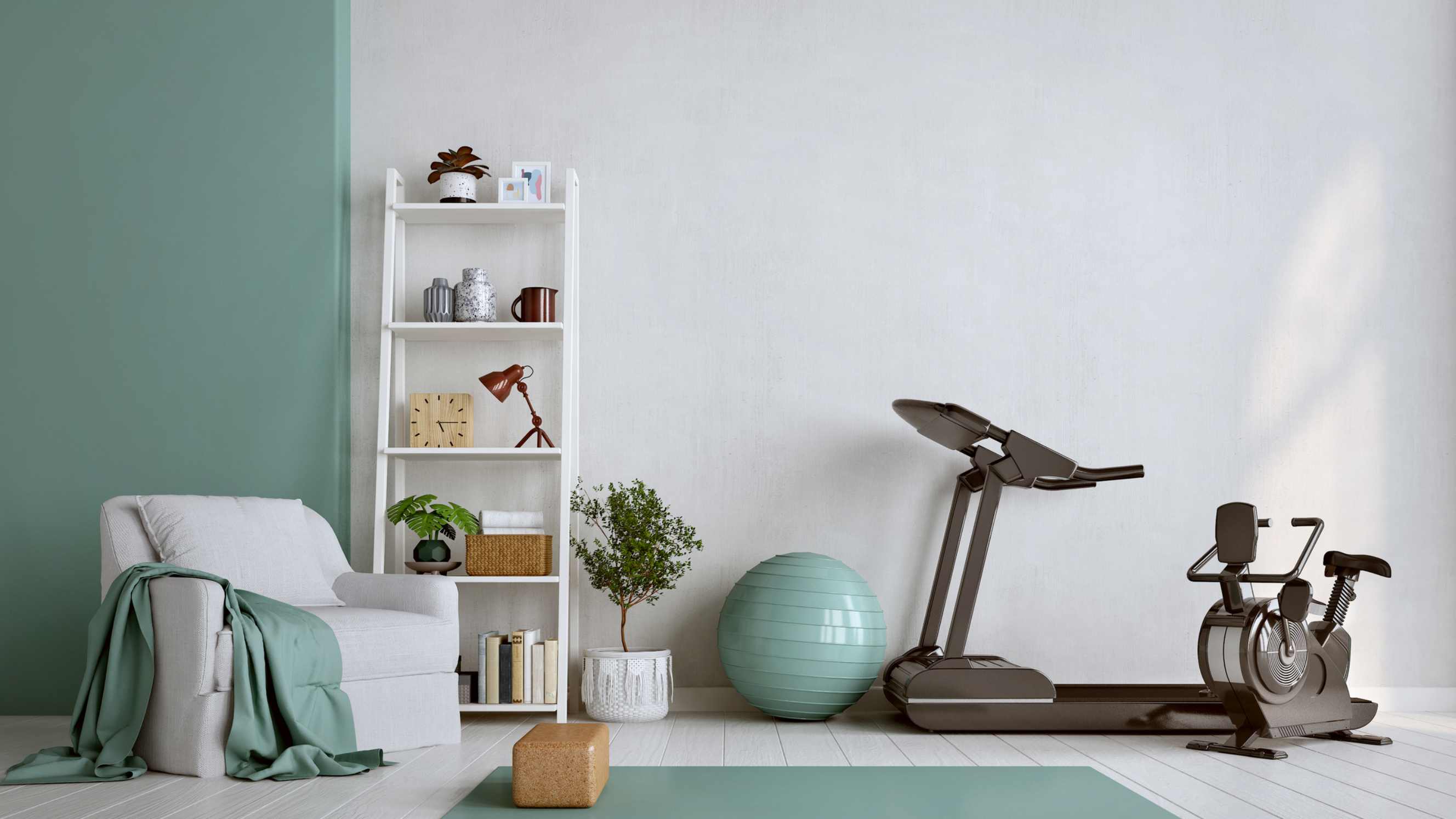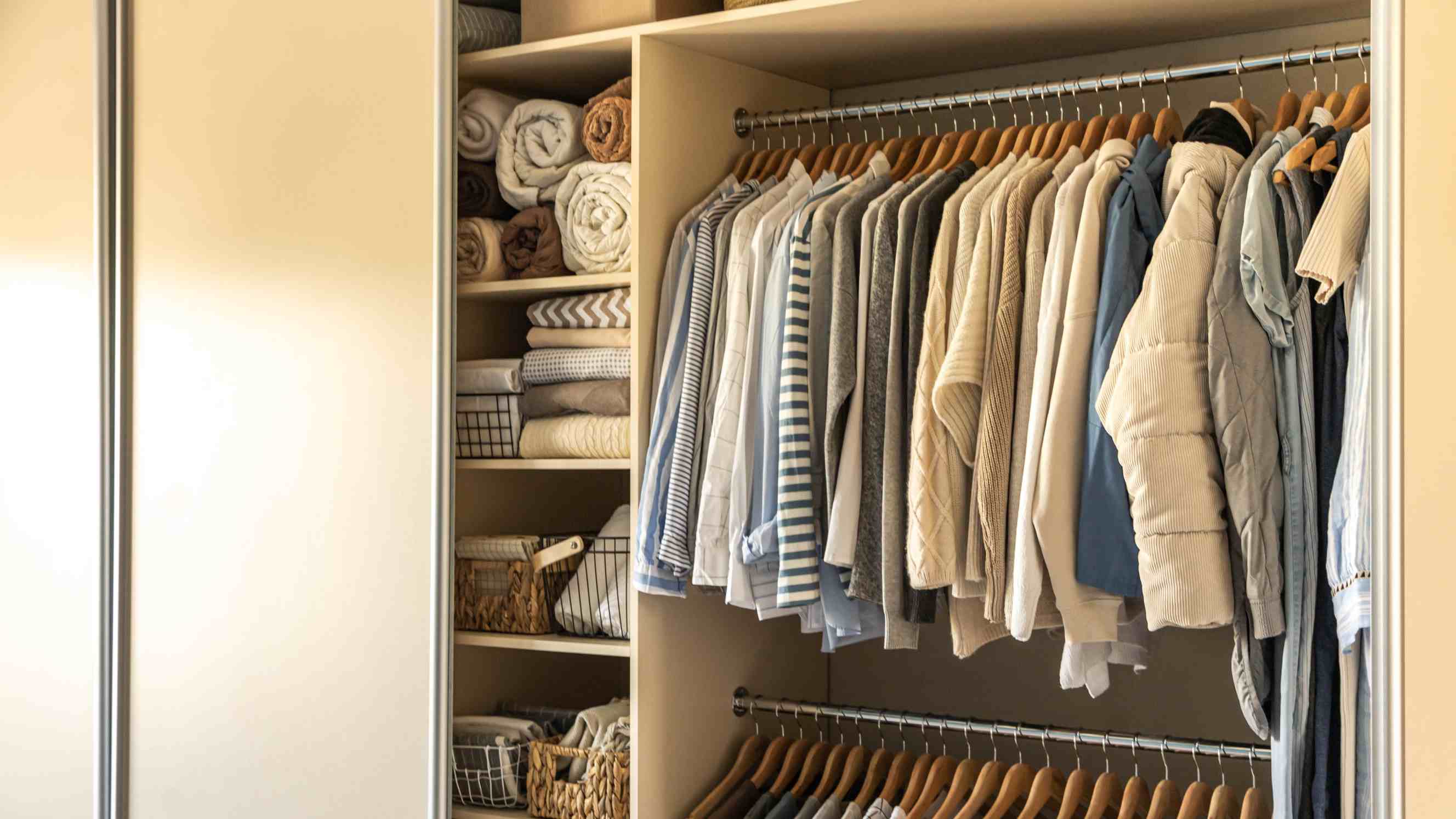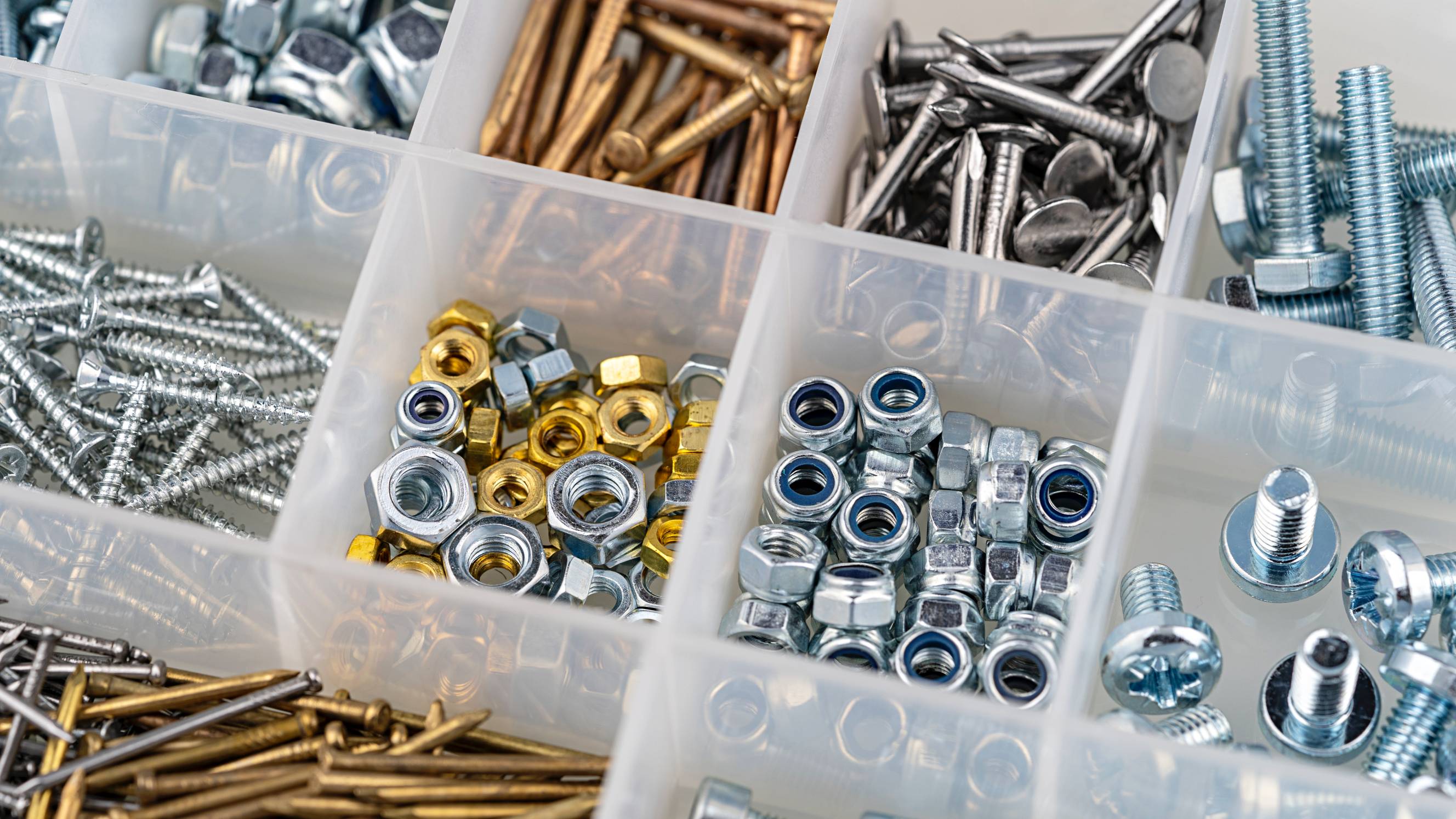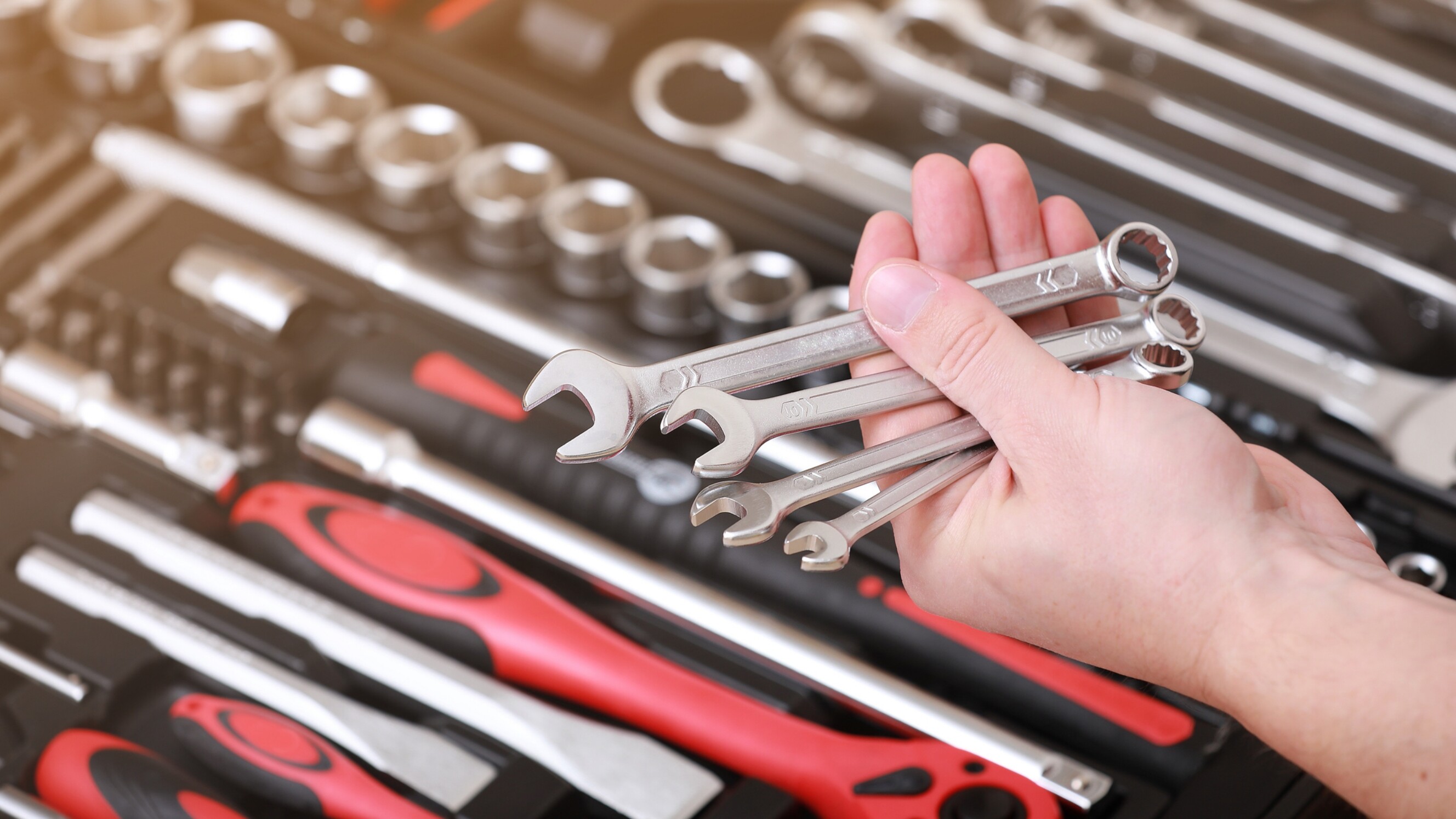- Home/
- Comparisons/
- Assembly/
- Shutters vs Blinds
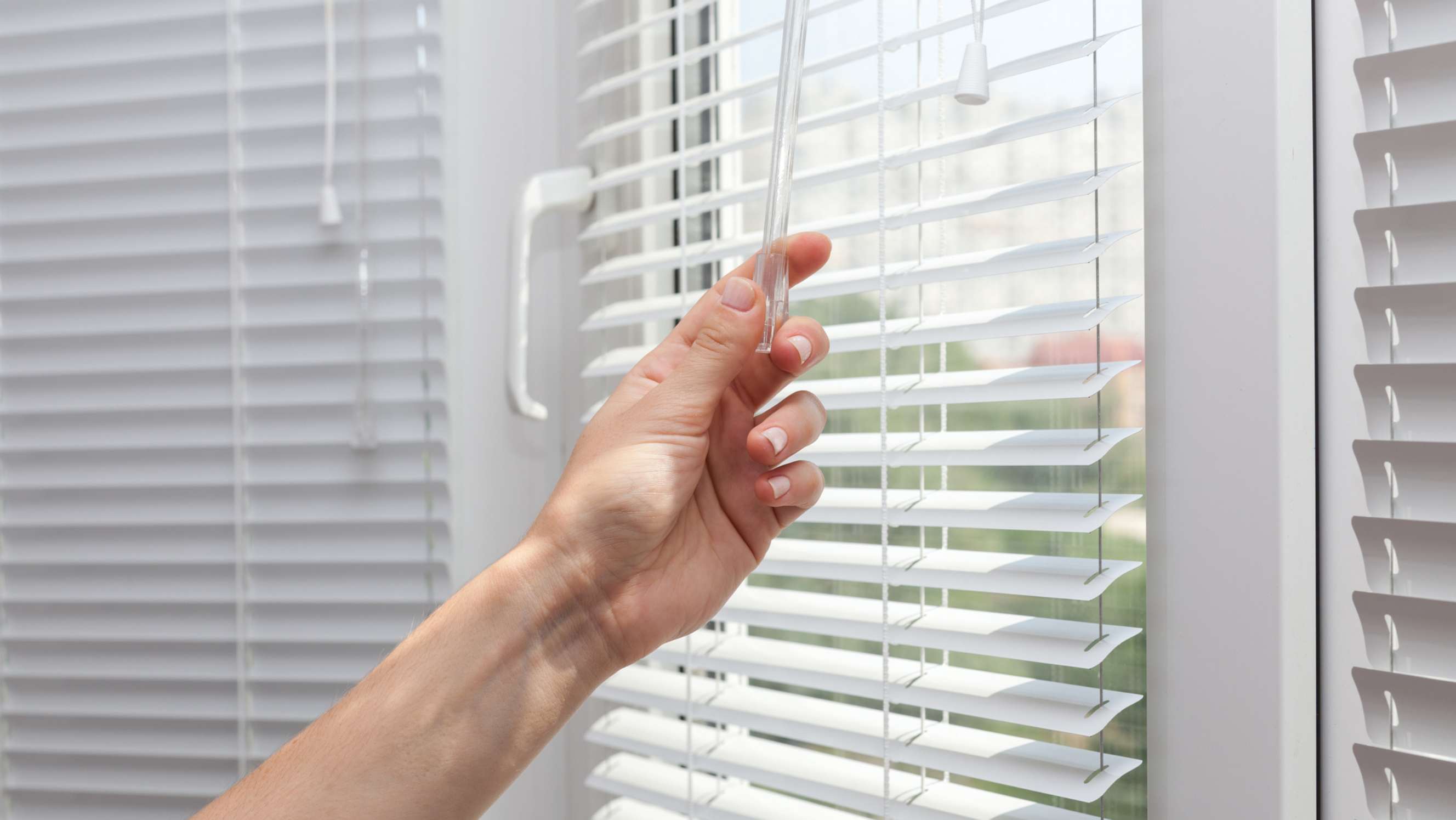
Shutters vs blinds: Which is right for you?
Comparing shutters and blinds based on their light and privacy control, energy efficiency, assembly process, and more.
Hire an expert assemblerLast Updated on
Key Facts
- Shutters are window treatments that you may install inside or outside a house, offering both aesthetic appeal and insulation benefits.
- Blinds are also window treatments made of slats held together by pulleys and cords, offering flexible light control and privacy by tilting, raising, or lowering the slats.
With blinds and curtains, living rooms, bedrooms, and other indoor spaces appear more inviting and comfortable. Not only do they help add privacy, but they also keep your home well-insulated.
In this shutters vs blinds guide, learn more about how these window coverings differ in design, construction, and maintenance to help you quickly decide the right one for your home.
What are shutters?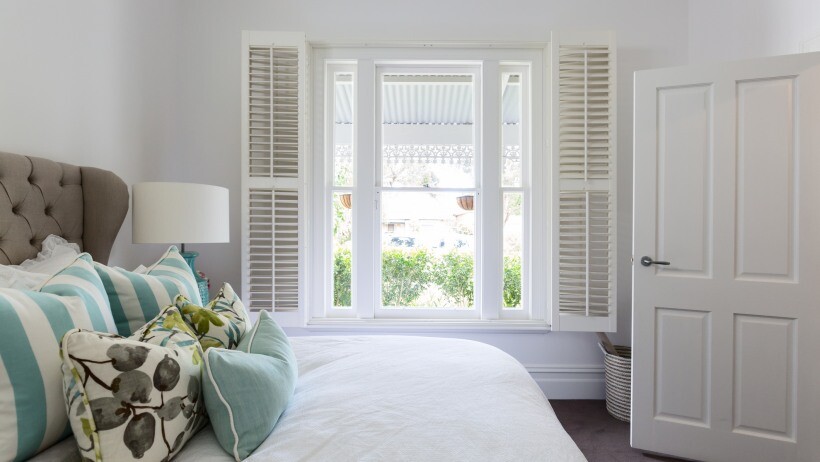
Shutters are permanent window treatments fitted to the sides of the windows. You can either install them inside or outside the house to add a window covering. Some homeowners add both interior and exterior shutters to their windows for better insulation.
Traditional shutters are made of narrow wooden louvres or slats that can be opened and closed to control light and improve home ventilation. Today, you can find window shutters with a modern design, like plantation shutters. They typically are made from faux wood and PVC and have larger louvres than the traditional ones.
One disadvantage of installing shutters for windows is that the louvres can obstruct some of the views on the windows even if you completely open them. Plus, replacing shutters would be difficult and more expensive due to their permanent installation design.
What are blinds?
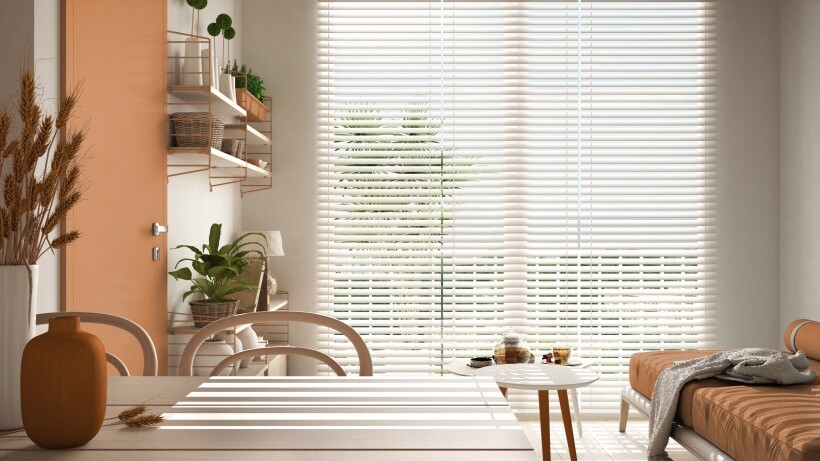
Blinds are window treatments made of horizontal or vertical slats with cords holding these slats together. Like shutters, blinds are made from various materials such as solid wood, faux wood, aluminium, and fabric. However, blinds have a more flexible design because you may tilt, raise, or lower them to increase your privacy and control light.
In addition, blinds are versatile window treatments suitable for many contemporary and modern homes. They usually come in many styles and designs, including:
Venetian blinds with classic horizontal slats
Louvred blinds with vertical slats
Cellular blinds with honeycomb-styled shades
Smart blinds or remote-controlled blinds with motorised slats
Blinds also have a fair share of disadvantages. Their slats are not as durable as shutters, so be careful when cleaning the slats of blinds.
Blinds vs shutters: Which adds more value to your home?
Whether you are planning on a complete house renovation or a simple home upgrade, choosing the right window treatment is vital in elevating your home’s functionality and aesthetic value.
This comparison guide explores the distinct features and functions of the two most popular window treatments, blinds and shutters, to help you decide which would be more suitable for your windows.
In terms of light and privacy control
If you’ve decided already to go with shutters, particularly the plantation shutters, one lingering question would be, do they block out light? Yes, but not completely. Although plantation shutters have tilted louvres that help control natural light, small streams of light can still escape through the gaps in between these tilted louvres.
Moreover, some modern plantation shutters have flexible louvres. Double-hung shutters, in particular, can give you more privacy while allowing more natural light in the house, as they consist of separate lower and upper sections.
Meanwhile, window blinds, like Venetian blinds, provide excellent light control because their slats are adjustable. However, other types of blinds, like Roman blinds, offer less privacy. You’ll have to completely roll them up or down, giving you less flexibility in controlling light and privacy in your home.
In terms of energy efficiency
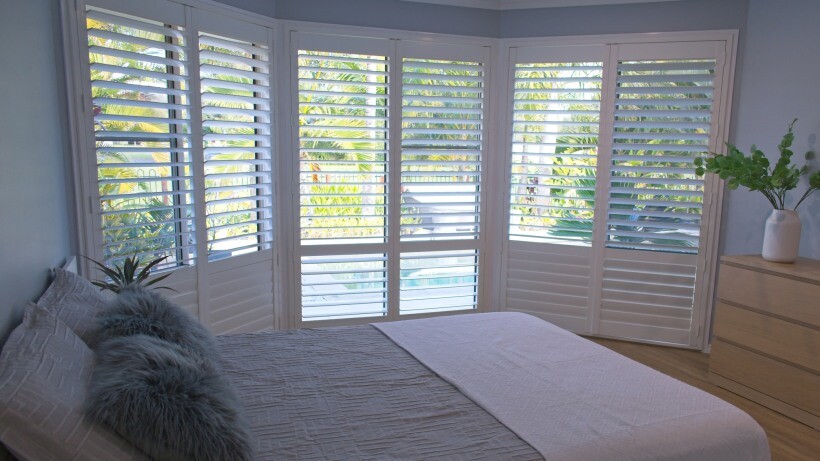
Do shutters keep heat in? Yes, because they completely enclose a window frame, helping resist heat transfer to keep homes cool. Moreover, real wood shutters are thermally dynamic, meaning they reflect the cold outside air. This improves insulation, helping you save more energy.
Other types of shutters, like faux wood shutters, also have a hollow core made of vinyl or PVC. This hollow core creates air pockets that help block or resist heat transfer.
On the other hand, blinds are less superior in terms of energy efficiency. Unlike shutters, you only have to install them at the topmost part of the window frame. This allows heat to escape or penetrate through the gaps between slats.
In terms of durability
Shutters are more durable in general. With proper care and maintenance, these window treatments can last long, especially faux wood shutters. And since they’re fitted securely inside or outside the window recess (the little nook in the wall where the window is installed), they’re less likely to get damaged.
Meanwhile, the durability of the blinds depends on the material they’re made from. Faux wood and metal blinds are generally more durable than other types of blinds. However, window blinds made of solid wood are less durable than most shutters because their slats are thinner, so they can easily bend and break.
Another thing is that blinds have cords and pulleys that can wear out quickly with repeated use. Fortunately, a professional can still help repair your blinds if someone accidentally pulls on the cord too hard and breaks the slats.
In terms of maintenance
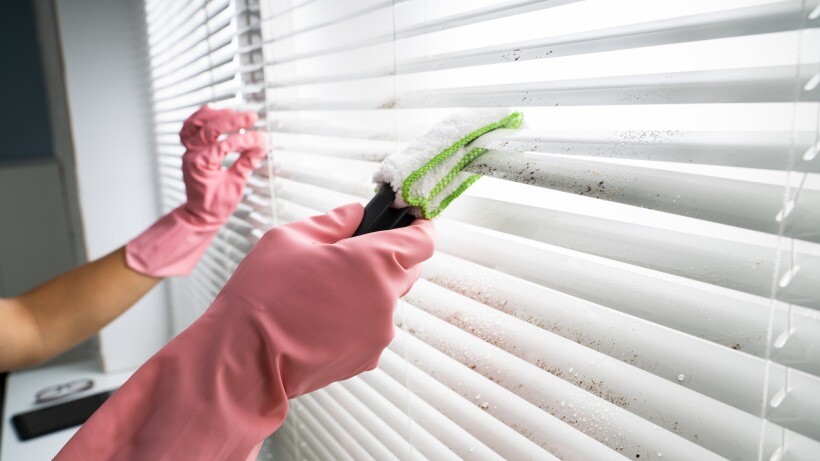
Between plantation shutters vs blinds, shutters are easier to clean or maintain due to having a more durable structure and less intricate design. Plus, you only have to occasionally wipe plantation shutters with a damp cloth because they usually don’t collect as much dust, unlike blinds.
On the other hand, cleaning vertical wooden blinds is a little more complicated since they can be fragile. A soft cloth or duster is necessary to prevent the slats from breaking while wiping the dust off. You must also be extra careful when cleaning Venetian blinds, especially those made from light materials such as aluminium and vinyl, because they’re prone to damage.
In terms of aesthetic appeal
Both window treatments come in many styles, colours, patterns, and sizes, making them both ideal for bespoke windows. However, blinds are more suitable for modernised homes. Venetian and Roman fabric blinds, in particular, are decorative blinds ideal for modern minimalist spaces because of their clean and uncluttered look.
Meanwhile, for a more classic and traditional look, choose DIY shutters. These window treatments have a timeless charm with their solid panels, tilted louvres, and picture-framed design. If this seems too old-fashioned, you may opt for external window shutters with larger louvres for a cleaner and more streamlined look.
In terms of the assembly process
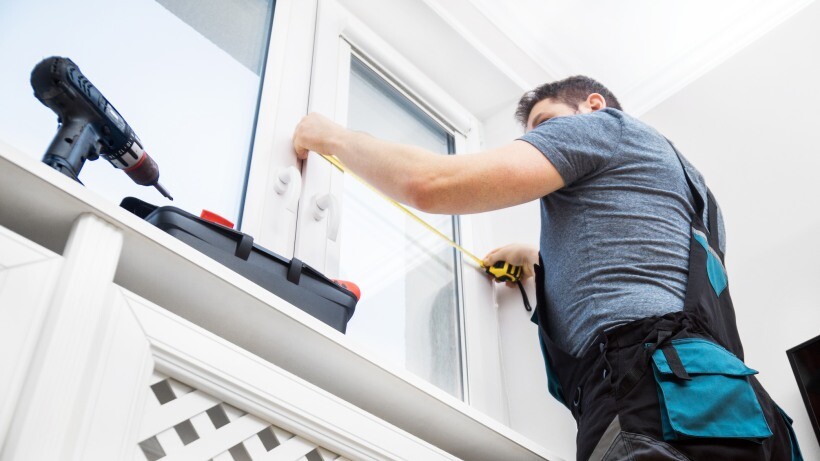
Assembling blinds is slightly more manageable because they have a simple design and come in standardised sizes. However, you may still need professional help, especially when fitting window curtain blinds. Having an expert do the job ensures they are securely attached to your windows, preventing the blinds from falling quickly when pets and kids accidentally pull the cord.
Meanwhile, assembling and installing shutters is more difficult because they require precise measurements to fit them securely on your windows. Plus, it is more hassle and time-consuming since they typically require more tools and steps.
Take the hassle out of your shutters or blinds assembly with Airtasker
Although you can assemble your shutters and blinds yourself, it is still best to call for assembly experts regarding window treatment installations. Not only will they help you save time, but they can also ensure your blinds or shutters are installed properly. This helps prevent you from frequently replacing your window coverings, allowing you to save more money.
Shutters vs Blinds
| Shutters |
Blinds |
|
| Light and Privacy Control |
Adjustable louvres offer good privacy and light control, but some light may escape through gaps |
Adjustable slats provide excellent light control, but some types offer less privacy |
| Energy Efficiency |
Highly energy-efficient, enclosing window frames to reduce heat transfer |
Less energy-efficient, heat escapes or enters through slat gaps |
| Durability |
More durable due to solid construction and secure installation |
Less durable with thinner slats prone to bending or breaking |
| Maintenance |
Easier to clean with less dust accumulation |
Require careful cleaning to prevent slat breakage |
| Aesthetic Appeal |
Provides a classic, traditional look |
Offers a modern, minimalist appeal |
| Assembly Process |
More complex and time-consuming due to precise measurements and steps |
Easier to install due to their simple design |
FAQs on shutters and blinds
Yes. Whether you have arched, porthole, skylights, slanted, or diamond-shaped windows, you can fit shutters because they are customisable and have a wide range of styles, finishes, and painted hues.
It depends on your specific needs and preferences as a homeowner. If you only need to control the natural light inside your house and add more privacy, curtains are enough. However, wooden shutters are better if you need more insulation for your home, as they help prevent cold drafts and hot air from entering your home.
Yes, because, compared to blinds, window shutters have a more robust construction and design. However, they’re still considered a more cost-effective option because they last for years.
If you want to know how much shutters and blinds cost, their price depends on size, design, and material. But to give you an idea, the average price of shutters is £200 - £350 per square metre, while blinds cost from £5 to £140.
Find assembly service, fast
Post a task
Related articles
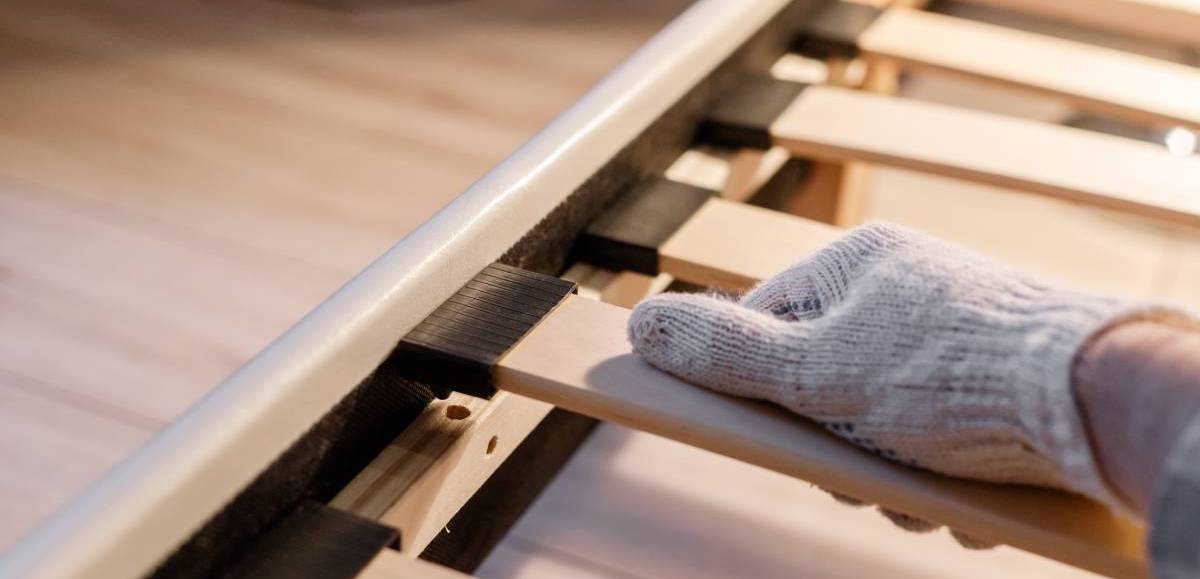
5 Steps to disassemble a bed frame
Read more
